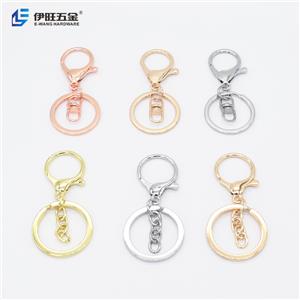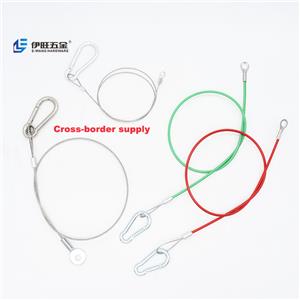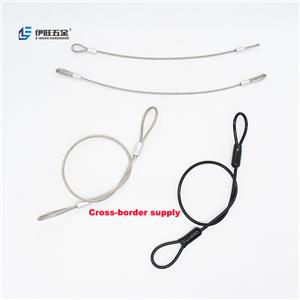The Ultimate Guide to Curtain Rings with Clips: Revolutionizing Window Decor with Style and Simplicity
**Introduction: More Than Just a Hardware**
For too long, selecting curtain hardware was an afterthought. Today, the discerning homeowner and interior designer understand that the right choice can elevate a simple drape into a seamless, luxurious display. The wrong choice can lead to frustration, damaged fabrics, and a look that falls flat. This comprehensive guide delves deep into the world of curtain rings with clips, exploring their anatomy, benefits, types, and how to choose the perfect set for your space. We will uncover why this seemingly simple product is a cornerstone of modern window decor and why investing in quality is paramount. Finally, we will introduce you to a partner in your design journey—a company dedicated to excellence in every detail.
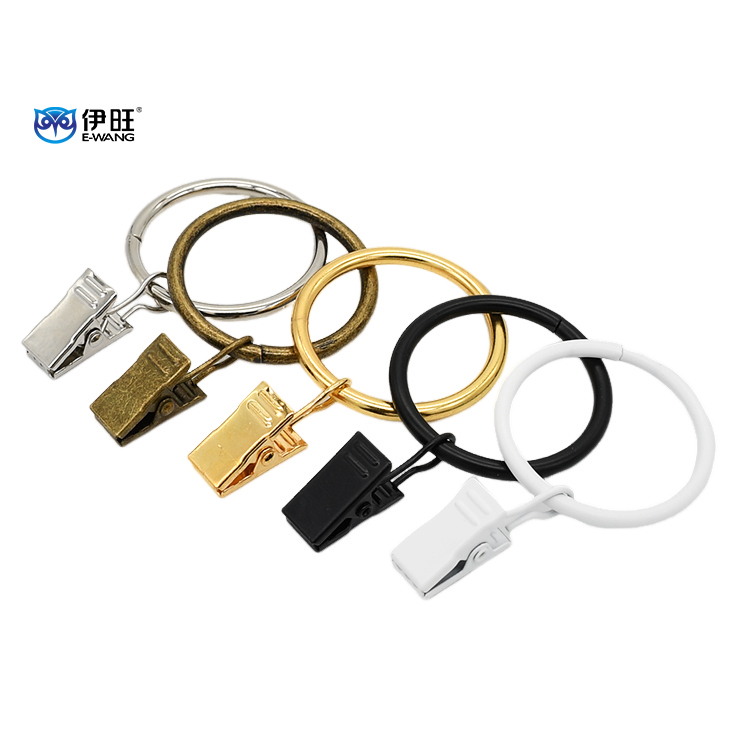
#### **Chapter 1: Deconstructing the Design - Anatomy of a Curtain Ring with Clip**
To appreciate its value, one must first understand its construction. A curtain ring with clip is a two-part system engineered for synergy.
**1. The Ring:**
This is the circular component that glides along the curtain rod. Its design is crucial for both movement and style.
* **Material:** Typically made from metals (zinc alloy, iron, brass, stainless steel), plastics, or sometimes wood. The material determines its strength, finish, and corrosion resistance.
* **Mechanism:** Most rings feature a openable design. A small hinge or a flexible gap allows you to "snap" the ring onto the rod without having to remove the entire rod from its brackets—a monumental convenience during installation and cleaning.
* **Size:** The inner diameter must be compatible with your curtain rod's thickness. A too-tight ring will not glide smoothly; a too-loose ring may look awkward and unstable.
**2. The Clip:**
This is the gripping mechanism that attaches directly to the fabric. It’s essentially a spring-loaded clamp.
* **Jaws:** The two prongs that hold the fabric. High-quality clips have smooth, rounded, or plastic-coated jaws to prevent snagging, tearing, or leaving permanent creases on delicate textiles.
* **Spring:** The heart of the clip. A robust, corrosion-resistant spring ensures consistent, firm pressure over years of use. A weak spring will lose its grip, causing curtains to sag or fall.
* **Swivel Mechanism:** The clip is almost always attached to the ring via a swivel. This allows the curtain panel to hang naturally and be adjusted without twisting the fabric, maintaining a pristine, vertical drape.
The marriage of these two elements creates a system that is versatile, user-friendly, and adaptable to a vast array of decor styles.
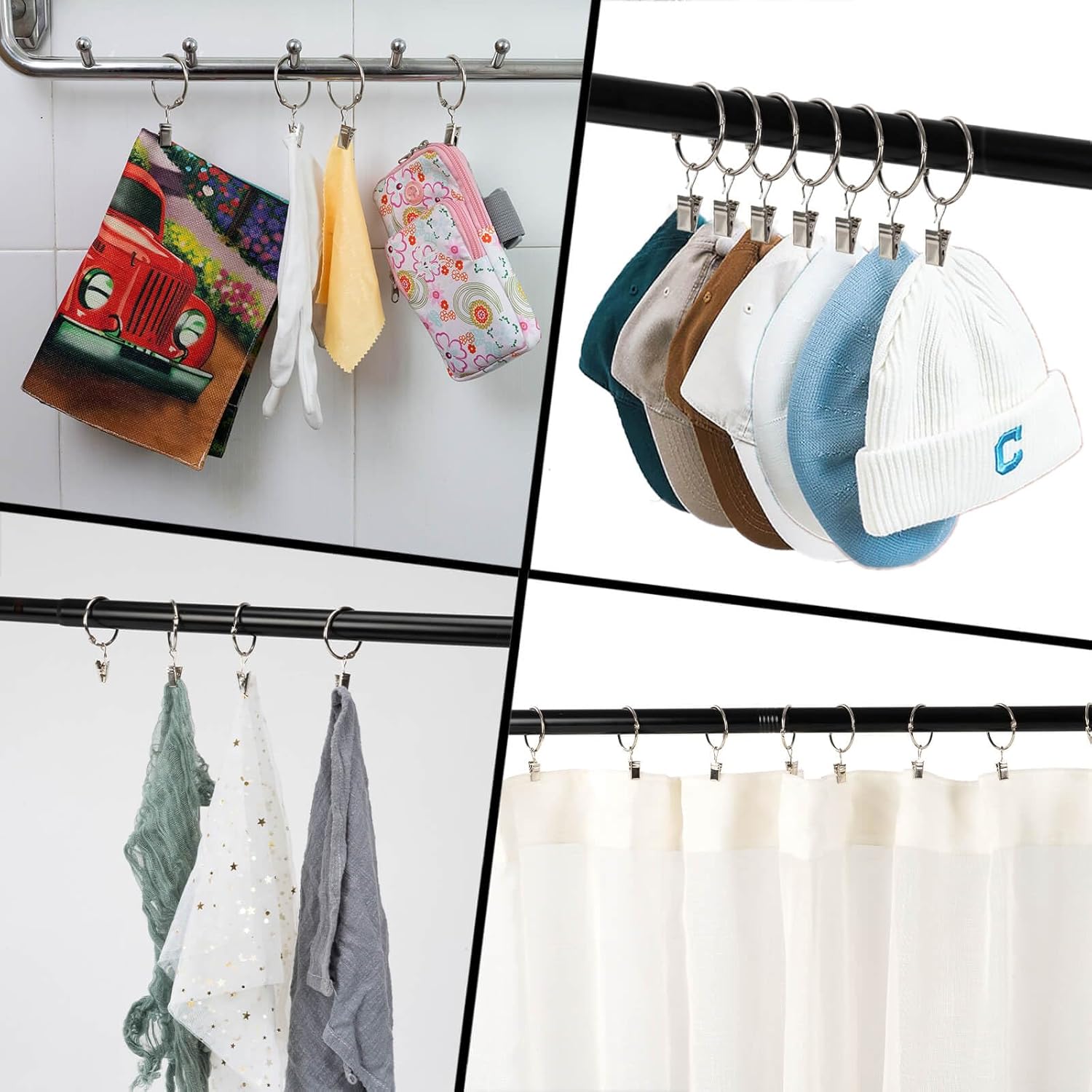
#### **Chapter 2: Why Choose Clips? The Unbeatable Advantages**
The popularity of clip-on rings is no accident. They offer a suite of benefits that traditional pocket-style curtains or sew-on rings simply cannot match.
* **Ultimate Ease of Installation and Change:** This is their flagship advantage. You can hang or change curtains in seconds. No more threading cumbersome rods through long fabric tunnels. This makes seasonal decorating, deep cleaning, or simply updating your room’s look an effortless joy.
* **Minimal Fabric Damage:** Unlike sewn-on rings or tabs that require puncturing the fabric with needles or creating buttonholes, clips attach to the top hem. This is a non-invasive method, preserving the integrity of your curtains, especially important for expensive, delicate, or vintage fabrics.
* **Adjustable Height and Fullness:** Clips offer unparalleled control over the appearance of your curtains. You can clip them at different points on the header tape to adjust the overall hanging height. By spacing clips closer together or farther apart, you can create more or less fullness in the drape, allowing you to customize the look to perfection.
* **Smooth and Effortless Operation:** The combination of free-moving rings and a swiveling clip ensures your curtains open and close with a gentle, smooth pull. There’s no friction from a rod trapped inside a fabric pocket.
* **A Clean, Modern Aesthetic:** The visible hardware contributes to the overall decor. The consistent line of clips along the top of the curtain creates a structured, contemporary, and intentional look that is highly desirable in modern and minimalist interiors.
* **Ideal for Certain Fabrics:** They are the only practical choice for materials like burlap, linen, or certain blackout fabrics that are too thick or stiff to easily form a pocket for a rod.
#### **Chapter 3: A World of Choice - Types, Materials, and Finishes**
The market offers a stunning variety of clip rings, allowing you to match them precisely to your decor theme and functional needs.
**By Material and Finish:**
* **Metallic Finishes:**
* **Nickel (Satin, Brushed, Polished):** A timeless choice. Brushed nickel offers a soft, contemporary luster that resists fingerprints. Polished nickel is more formal and reflective, perfect for traditional or glam settings.
* **Chrome:** Provides a bright, cool, mirror-like shine. Extremely durable and easy to clean, it suits modern, industrial, and art deco styles.
* **Oil-Rubbed Bronze:** A dark, rich finish with subtle copper undertones showing through. It evokes a sense of warmth, history, and rustic elegance, ideal for Tuscan, traditional, or farmhouse designs.
* **Black:** Matte black finishes have surged in popularity. They make a bold, graphic statement, framing windows with striking definition. Perfect for modern farmhouse, industrial, and contemporary interiors.
* **Brass (Antique, Polished):** Polished brass brings opulent, old-world glamour. Antique or unlacquered brass develops a unique patina over time, adding character and a sense of history.
* **Plastic/Acrylic:**
* Often transparent or come in vibrant colors. They are lightweight, affordable, and excellent for creating a "floating" effect where the hardware is nearly invisible, letting the curtains themselves be the star. Ideal for children’s rooms, sunrooms, or casual spaces.
* **Wood:**
* Provide natural, organic warmth. Best paired with wooden rods and a rustic, coastal, or Scandinavian interior design scheme.
**By Style and Design:**
* **Standard Functional Rings:** Focus on utility with a clean, simple design.
* **Decorative Rings:** Feature intricate patterns, geometric cuts, or sculptural elements. They act as jewelry for your windows, adding an extra layer of detail even when the curtains are open.
* **Oversized/Statement Rings:** Larger than average, these are designed to be noticed and are paired with substantial rods and heavy drapes for a dramatic, high-impact look.

#### **Chapter 4: The Perfect Match - How to Choose the Right Ring for Your Curtains and Rod**
Selecting the right clip ring is a science and an art. Here’s what to consider:
1. **Rod Compatibility:** This is the first and most critical check. Measure the diameter of your curtain rod. The inner diameter of the ring must be *at least* 1-1.5 inches larger than the rod's diameter to ensure free movement. For a thick, 2-inch diameter rod, you’ll need rings with an inner diameter of 3 inches or more.
2. **Weight Capacity:** Not all rings are created equal. Sheer voile panels are lightweight, but thermal blackout drapes can be extremely heavy. Always check the manufacturer's weight rating. For heavy curtains, opt for rings made from solid metal with robust clips and strong springs. Using flimsy rings for heavy drapes is a recipe for disaster.
3. **Aesthetic Harmony:** Consider the overall style of your room.
* **Modern/Minimalist:** Choose sleek rings in chrome, matte black, or satin nickel with clean lines.
* **Traditional/Classic:** Opt for more ornate rings in oil-rubbed bronze, polished brass, or antique nickel.
* **Industrial:** Black iron, weathered bronze, and simple metallic finishes work well.
* **Coastal/Farmhouse:** Weathered wood, whitewashed finishes, or simple black metal can complement the style.
4. **Fabric Considerations:** Delicate fabrics like silk or thin cotton require clips with soft, non-marking jaws (often plastic-dipped). For standard fabrics, metal jaws are generally fine. Always test a clip on a scrap piece of fabric if you are concerned about marking.
5. **Quantity Calculation:** A common mistake is not buying enough rings. As a rule of thumb, place a ring every 4 to 6 inches along the width of your curtain panel for optimal support and a pleasing gather. For a 50-inch wide panel, you would need approximately 10-12 rings. Always buy a few extras in case of future loss or damage.
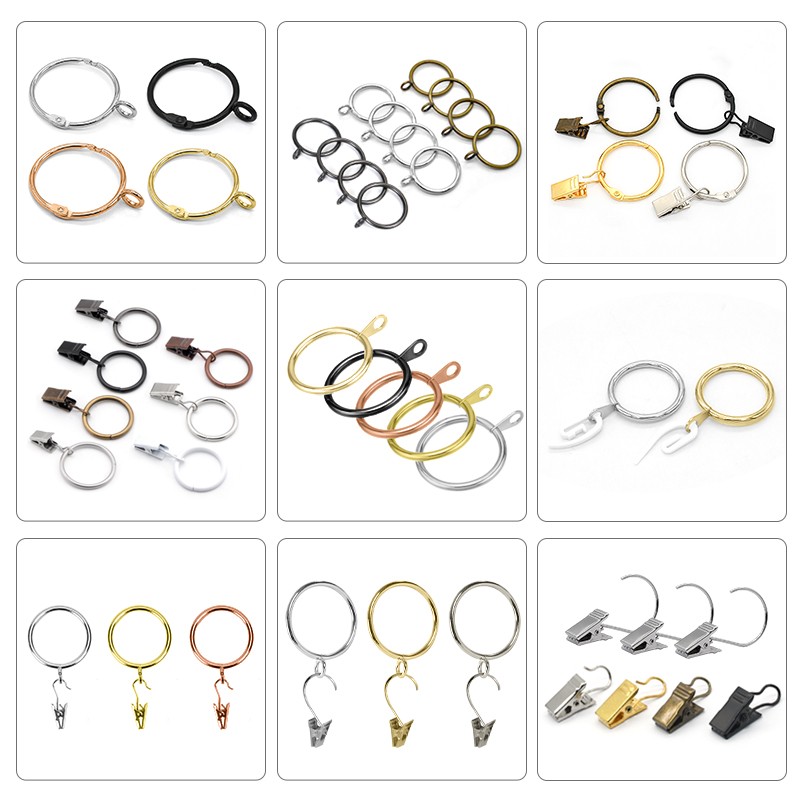
#### **Conclusion: The Detail That Defines Excellence**
In the meticulous craft of home furnishing, it is the smallest details that often separate the amateur from the artisan, the ordinary from the extraordinary. The curtain ring with clip is a testament to this philosophy. It is a product born from a desire for simplicity, yet it demands excellence in engineering, design, and material quality. Choosing the right set is an investment in the daily function and enduring beauty of your space.

